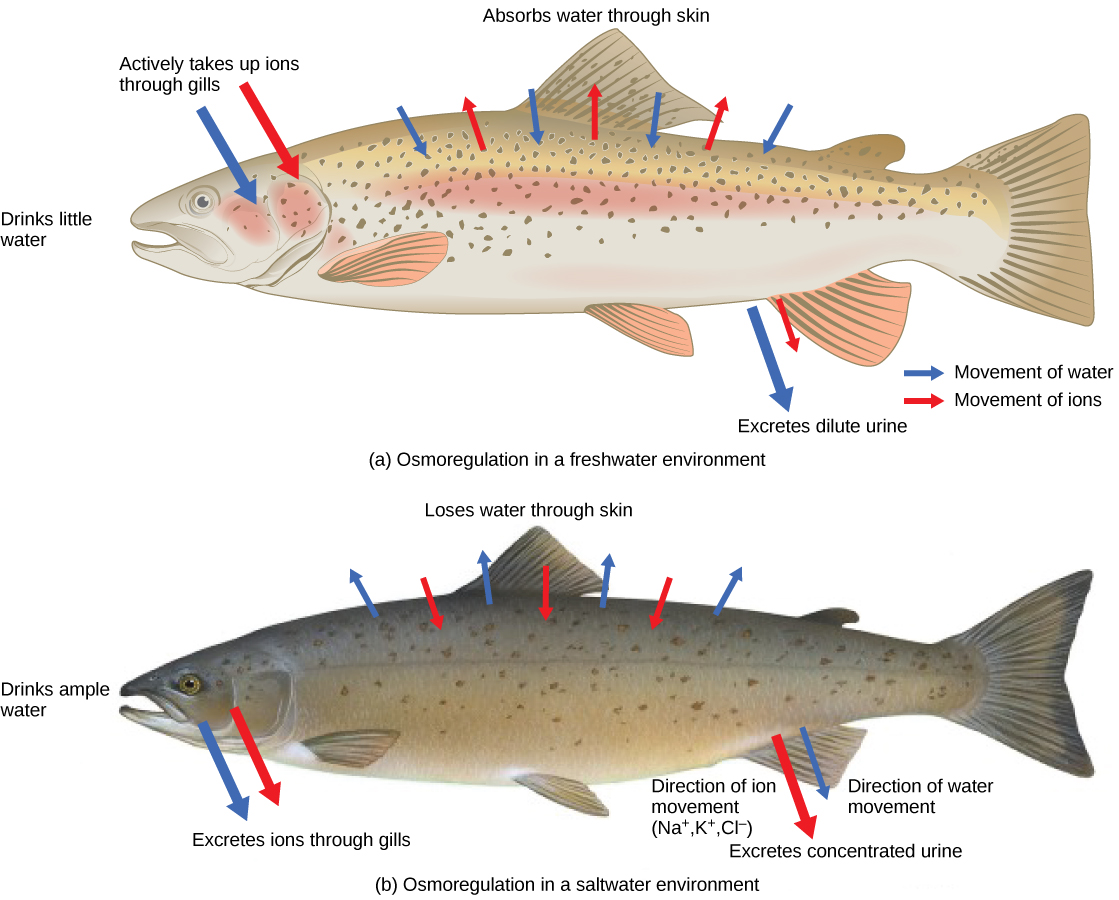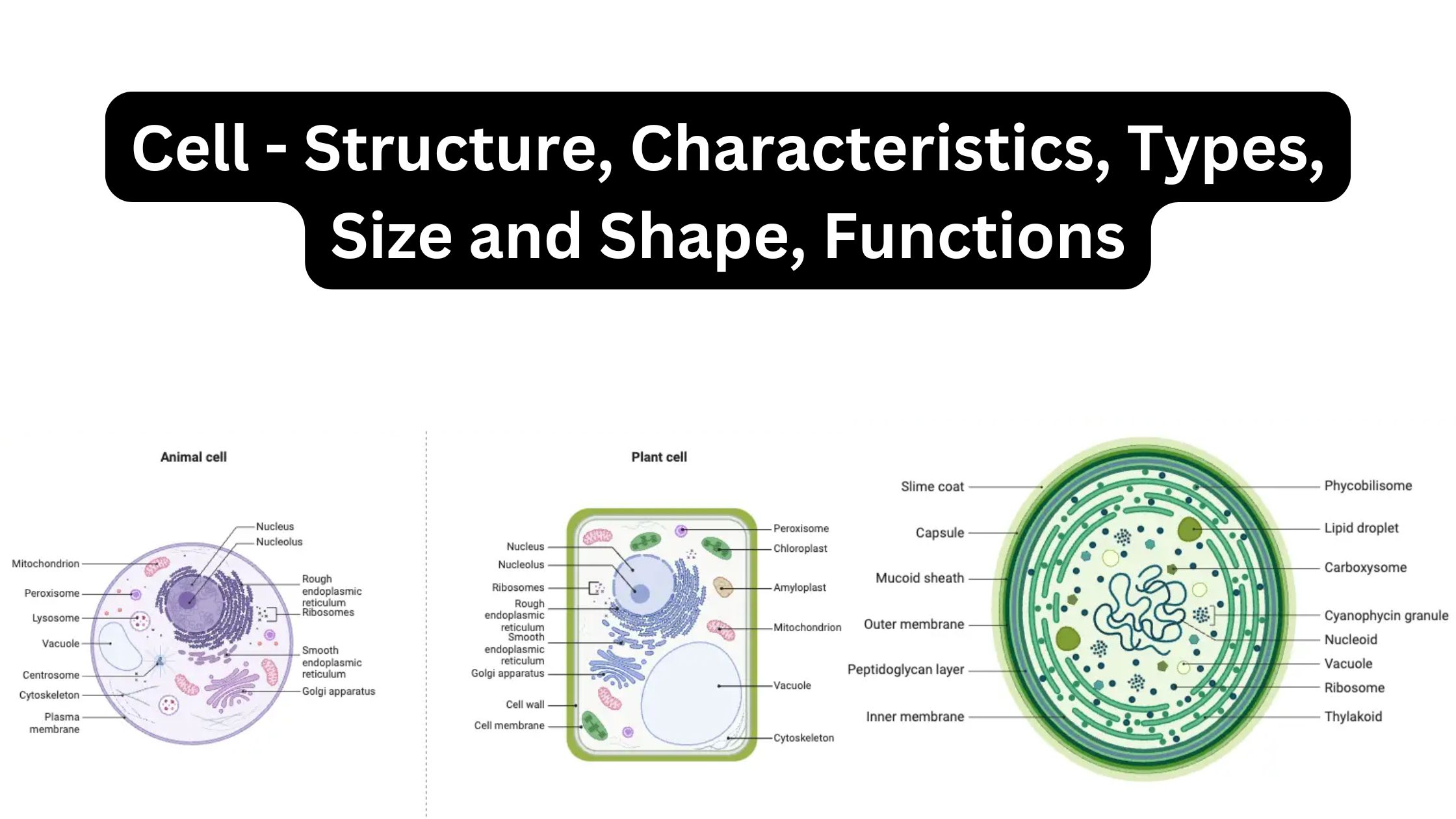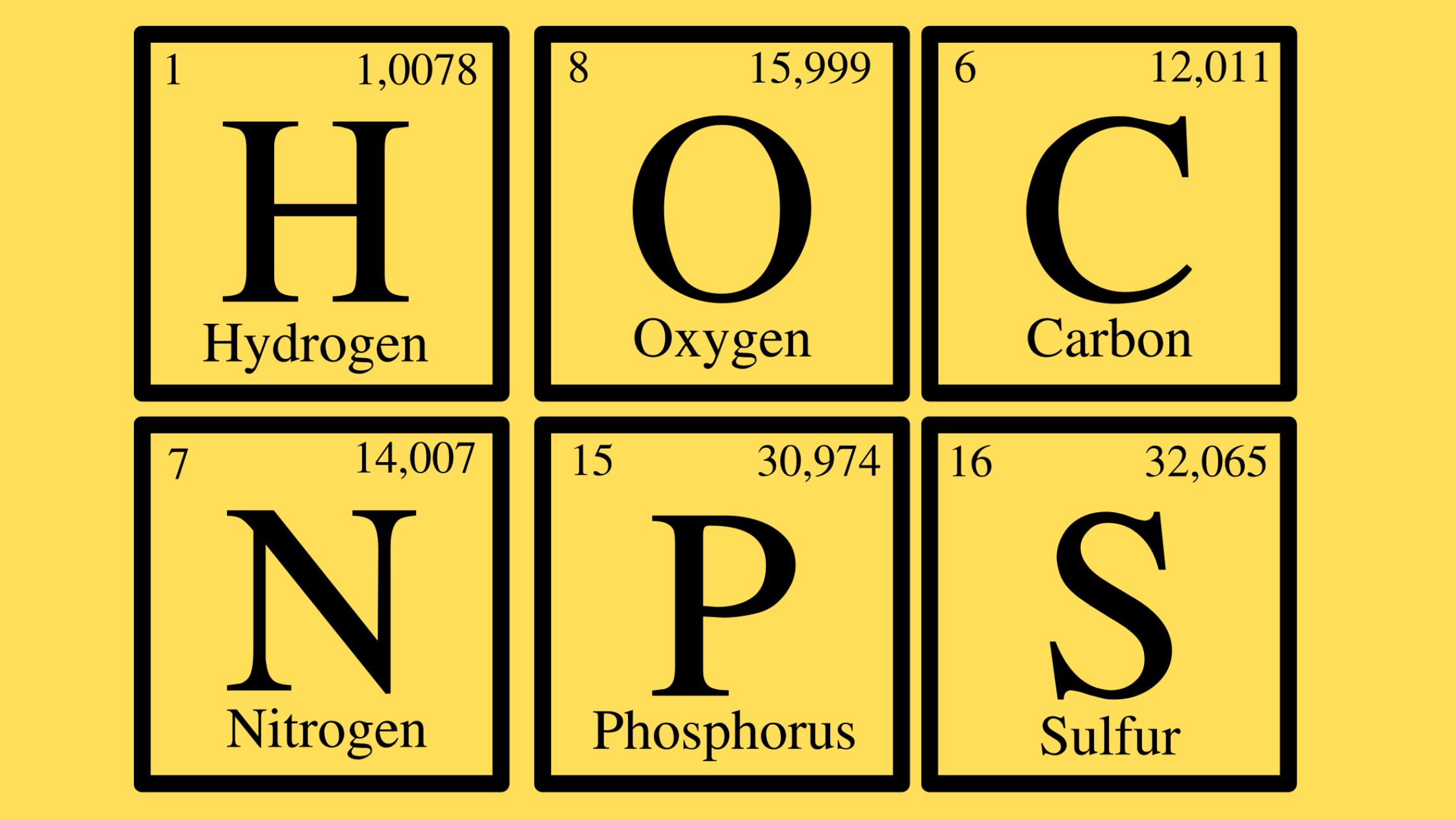Osmoregulation – Definition, Types, Mechanism, Importance
What is Osmoregulation? Definition of Osmoregulation Osmoregulation is the process by which organisms regulate the balance of water and electrolytes in their body to maintain homeostasis, ensuring that their fluids are neither too diluted nor too concentrated. This process is essential for proper cellular function and overall stability in various environmental conditions. How Osmoregulation Works? … Read more






